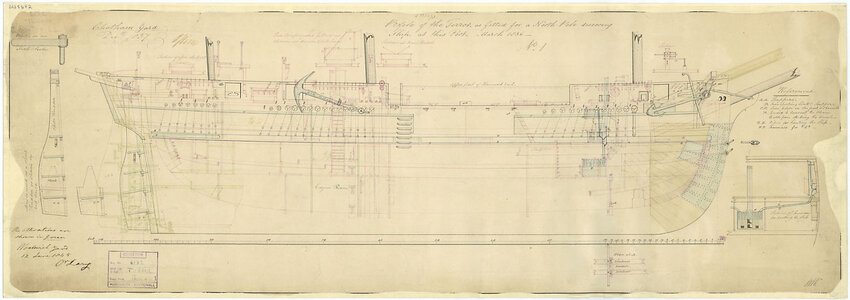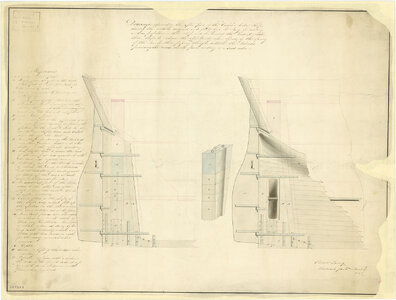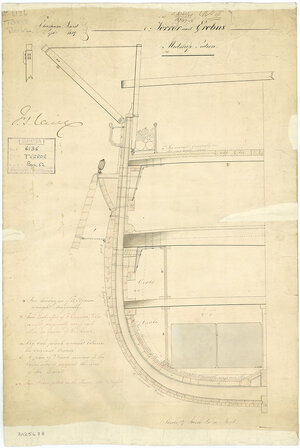With the laps facing aft and down? I.e. starting the plates at the keel and working up and forward? Only it's strange that Betts would make am error on his ship drawing (not the model dwg).I believe overlapped is correct. I think models have what appear to be plates aligned edge to edge as a simplification, making plating with pre-riveted strips of copper easier to make on a model. The best way to simulate the plating would be having each plate showing rivets along one long side and one short side, giving the appearance of properly overlapped plates.
Last edited:












